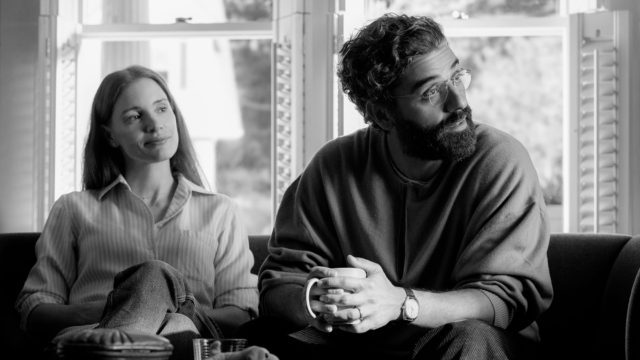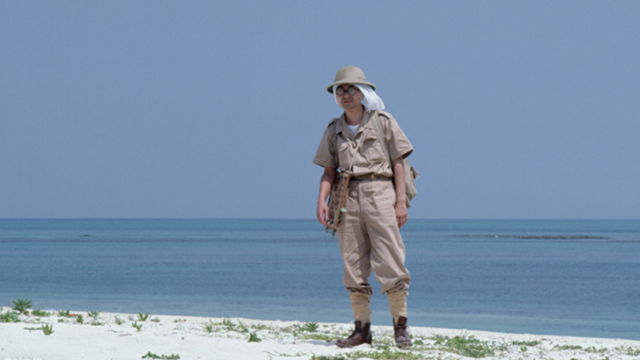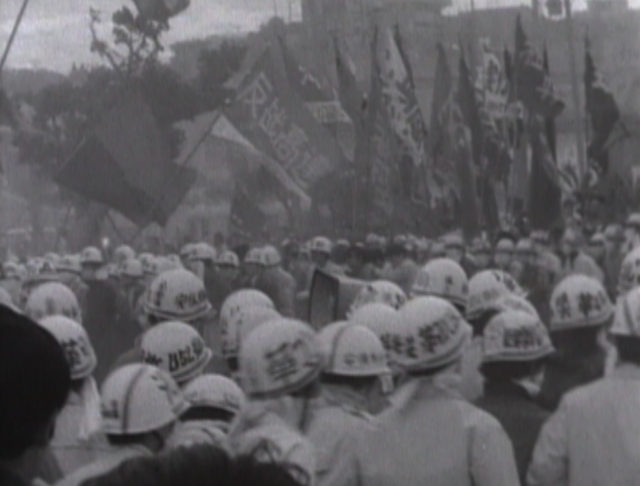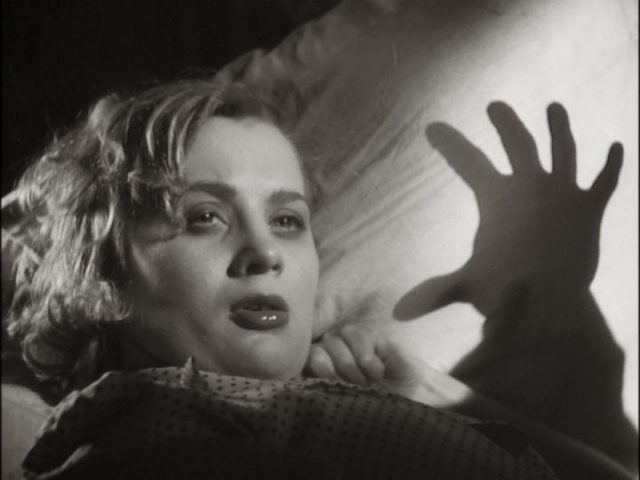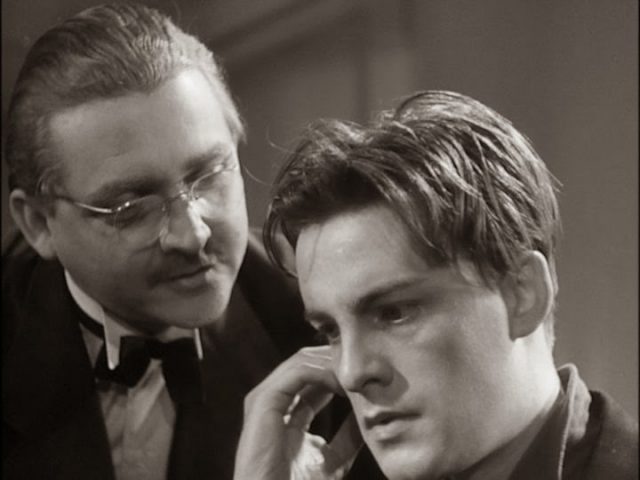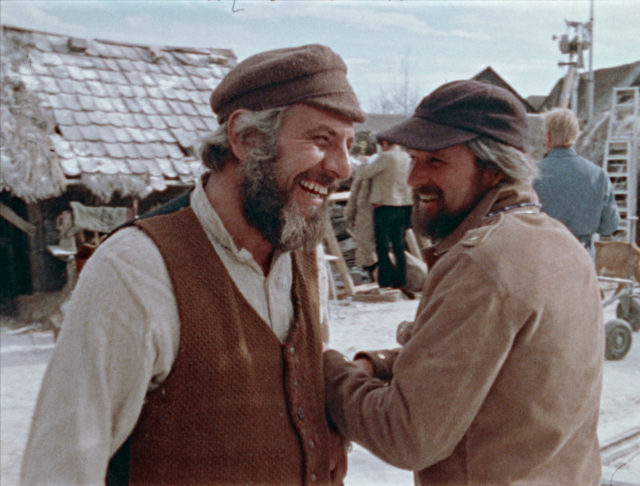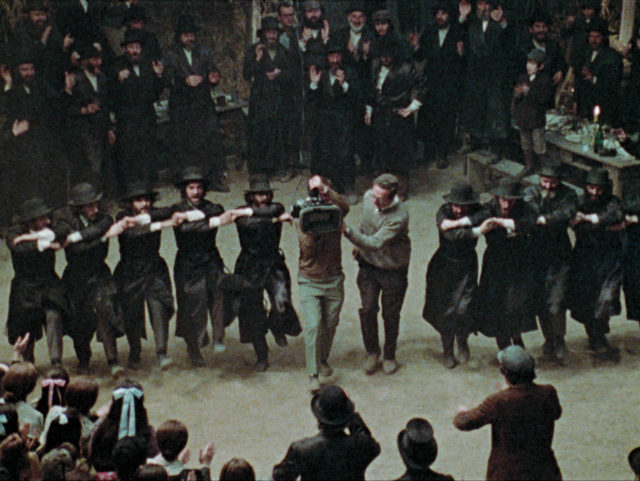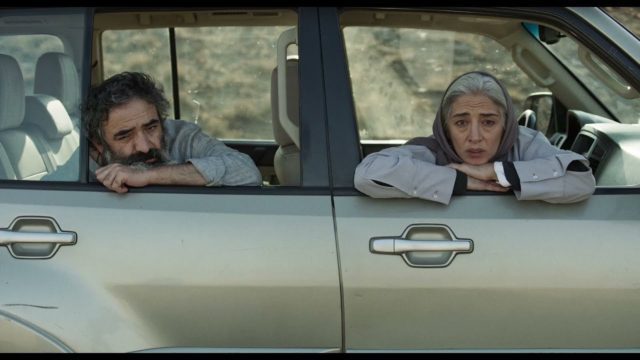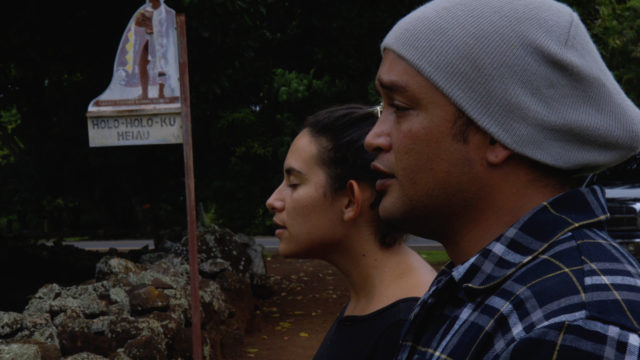
Activists fight for ancestral land in Kauaʻi in Anthony Banua-Simon’s Cane Fire
CANE FIRE (Anthony Banua-Simon, 2020)
BAM Rose Cinemas
30 Lafayette Ave. between Ashland Pl. & St. Felix St.
May 20-26
www.bam.org
Not that it’s surprising, but colonialism is alive and well in the United States, as revealed in Anthony Banua-Simon’s poignant documentary Cane Fire, screening May 20-26 at BAM.
While doing research for his 2013 short, Third Shift, about the demise of the Domino Sugar Factory in South Williamsburg and its replacement with luxury condos and commercial properties, Banua-Simon became immersed in his family’s Hawaiian history; in the 1920s, his great-grandfather immigrated to Kauaʻi from the Philippines to work in the sugar and pineapple plantations. His great-grandfather eventually left, leaving family behind, but not before serving as an extra in Lois Weber’s long-lost 1934 melodrama, Cane Fire (aka White Heat), which was filmed on Kauaʻi and deals with sugar plantations, imperialism, and mixed marriages.
While searching for more information about the film, Banua-Simon became immersed in the history of Kauaʻi, from its use as a favorite Hollywood shooting location to labor strife, cultural appropriation, and the building of massive “plantation-style” resorts on land taken from the native population, particularly following its gaining statehood in 1959, primarily for military purposes.
Banua-Simon depicts how Kauaʻi has changed through the eyes of his elderly great-uncle Henry Bermoy, a former union leader who does not like what he sees happening to the land and the culture. Banua-Simon also speaks with his younger cousins River Bermoy, Micah Bermoy, and Dylan Silva, who are trying to make lives for themselves on the island; Henry’s longtime friend and colleague, Alfredo Castillo, who bemoans the end of unions; popular singer Larry Rivera, who will take whatever gig he’s offered; second generation sugar company manager Mike Faye, who believes that industrial growth benefits everyone and always has; union rep Pamela Green; Mike Wong, who works such long hours (for low pay) at Smith’s Tropical Paradise that he has no time for his family; activists Keʻala Lopez and Kamu “Charles” Hepa, who risk their freedom to protect ancestral land; and real estate broker Chad Deal, who promotes luxury living on the island with no sense of how that negatively impacts the families who have lived there for generations.
“For those who can afford it, the island continues to fulfill the escapist fantasy,” Banua-Simon explains about more than a hundred years of exploitation. “But for the working class and native resident, Kauaʻi is at a breaking point.”
Banua-Simon keeps close track of developer Tyler Greene, who is planning on restoring the old Coco Palms resort to its former glory, when Hollywood greats partied there, owner Grace Guslander appropriated Hawaiian culture to please white tourists, and locals were taken advantage of as part of the cost of doing business. Banua-Simon incorporates new interviews with archival photographs and video; clips of Charlton Heston, John Wayne, Kevin Costner, Yvette Mimieux, Frank Sinatra, Nicolas Cage, Jennifer Aniston, Adam Sandler, and others in such movies and TV shows shot on Kauaʻi as Blue Hawaii, Jungle Heat, Diamond Head, South Pacific, Fantasy Island, Big Jim McLain, Dinocroc vs. Supergator, Dragonfly, and Pagan Love Song; old commercials for luxury travel promising the heights of extravagance; and more that reveal the disconnect between the native Hawaiians and the white interlopers.
And it’s still happening today.
“There are forces out there that don’t want us to survive because our existence threatens directly their existence,” Keʻala says as a group of locals occupy a historic, important site that is going to be redeveloped. “The fact that the kingdom exists takes away from the legitimacy of the corporations that stole these lands.”
Banua-Simon directed, edited, and photographed Cane Fire and cowrote and produced it with Michael Vass. A member of the volunteer-run Spectacle Theater in Brooklyn, Banua-Simon and Vass will be at BAM on May 20 and 21 for Q&As moderated by Alex Press and Steve Macfarlane, respectively, following the 7:00 screenings each night. In addition, documentarian Joan Lander is presenting “Eyes of the Land: Hawai‘i Shorts by Nā Maka o ka ‘Āina,” a special program at Spectacle on May 18 at 7:30 consisting of All Hawaiʻi Stand Together, No Tell Me Go, Waimanalo Eviction, and Na Wai E Ho’ōla I Nā Iwi — Who Will Save the Bones?
